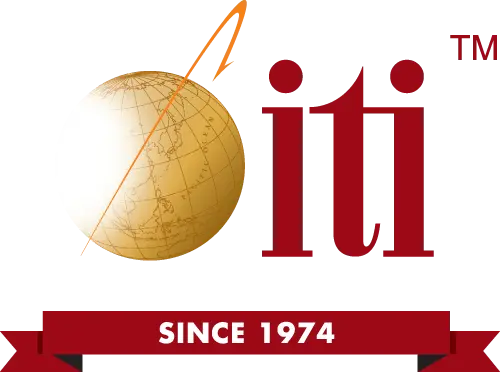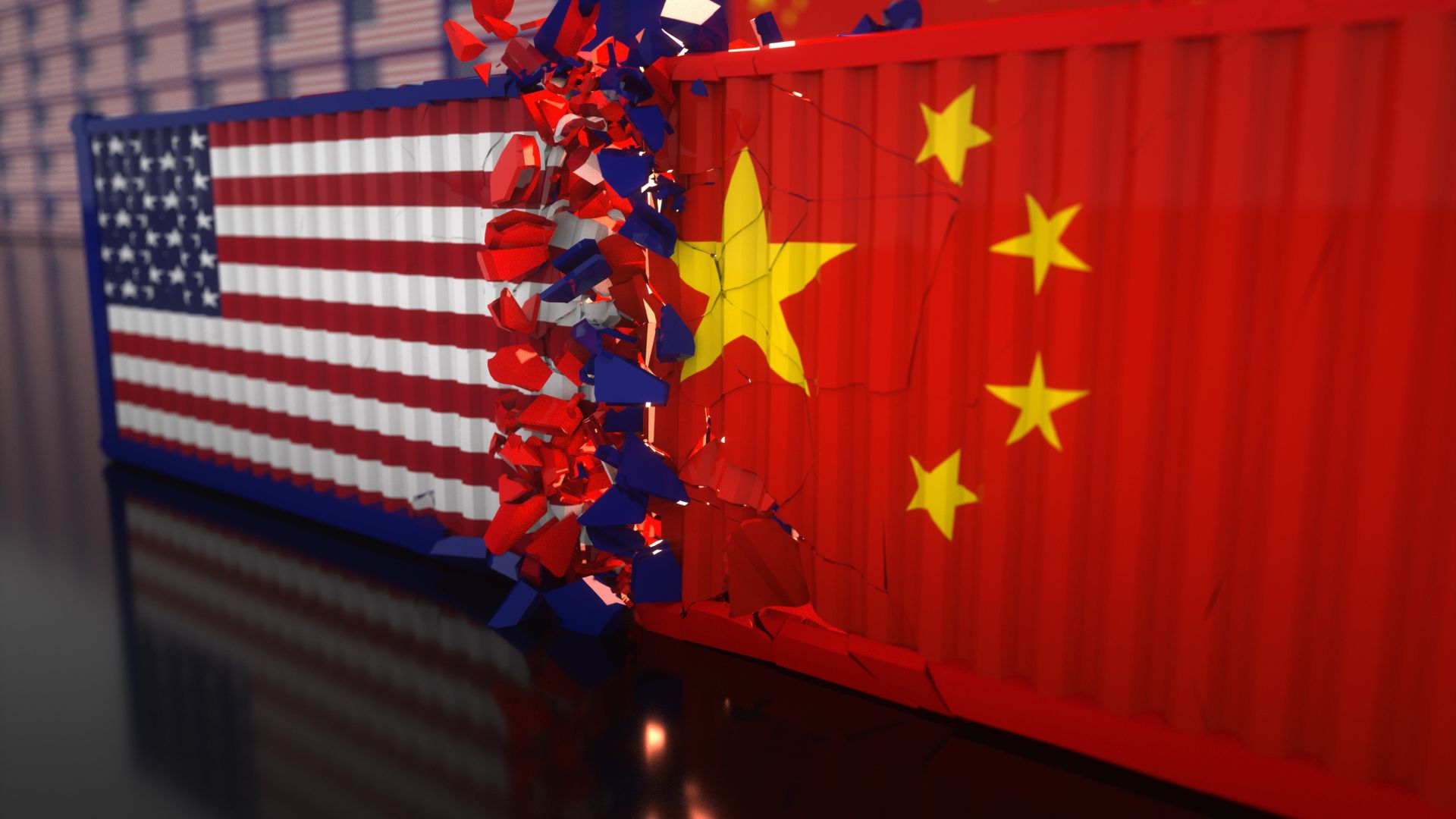To us at ITI Manufacturing, understanding the intricacies of our partnering countries is paramount, as it tells us so much about what projects, people and practices are best poised for success based on their shared values and expectations. Vietnam is one such country that warrants a deep understanding and appreciation between buyers and manufacturers. If this can be accomplished, then commercial benefits will naturally follow.
Economically, Vietnam is a developing country, considered to be lower-middle income and rife with political, social, human rights and economic fluidity. Vietnam’s economy has largely been agricultural across its history, but after governmental programs of the early 2000s, trade liberalization has opened up multiple economic sectors to international trade. High-tech industries, information technology and manufacturing have boomed in these last 20 years, fueled by education investments and improving income levels.
Choosing Vietnam for Industrial Manufacturing Outsourcing
Vietnam may not have many absolute advantages since it sits in the shadow of much larger exporters such as China and Mexico, but it does have one incredibly attractive comparative advantage: the fact that it’s “not” China, therefore offering a more efficient and less risky long-term outlook. Below, we offer a number of reasons why buyers consider Vietnam as their preferred country for offshore manufacturing.
1. Competitive Costs
When it comes to labor, asset and energy costs, manufacturing in Vietnam is very competitive thanks to its still-developing economy. In this way, Vietnam offers a comparative cost advantage largely driven by its low wages, a condition that is becoming harder to find in the world as countries naturally grow in economic stature.
2. Robust Talent Pool
Despite being a developing country, Vietnam has made substantial investments in its academic and job training sectors. These investments have resulted in an ever-growing educated talent pool, specifically in manufacturing, technology, IT, engineering and electronic fields.
Vietnamese manufacturers are gaining sophistication in their offerings thanks to this educated talent pool, though demand for these workers is extreme and as such, growth is constrained by availability.
3. Logistics Access
Positioned on the southeastern shores of Asia and facing into the South China Sea (with the Pacific Ocean beyond), Vietnam is situated right in the heart of East Asian manufacturing. This positioning gives Vietnam direct access to shipping corridors and logistics suppliers serving nearby China, Japan, Korea, the Philippines and Singapore.
4. Geopolitical Stability
Legislative trends over the last 20 years have made Vietnam very accommodating to international business, creating ample opportunity and a welcoming environment for manufacturing investment in particular. Politically, Vietnam is relatively stable, instilling Western brands with a sense of steadiness that suggests lower commercial risk. This sense of stability equates to presumed reliable production output at low costs that can be predicted out across longer time horizons than other nearby alternatives.
5. Maturing Technical Competencies
The last few decades of manufacturing and job training expansion in Vietnam have garnered the attention of Samsung, Nokia, LG Electronics, Hewlett Packard and many other global brands. This investment has driven the rapid development of contract and support manufacturing businesses and technologies in kind, creating a maturing ecosystem for manufacturing in Vietnam with robust technical competencies.
6. Available Capacity
Though limited in part by a tight labor pool, Vietnam offers surplus capacity in its manufacturing infrastructure that many buyers cannot find elsewhere (or with such short lead times, at least). These aggressive production cycles are another soft advantage favoring Vietnam.
7. Not China
Tariffs, trade wars, political instability, potential future military conflicts and hostile trade relations, intellectual property infringement and the suspicion of digital espionage: All of these are current risk factors attributed to China. Further, these geopolitical risks translate into commercial risks for buyers contracted to Chinese manufacturers, giving the feeling of sitting on a ticking timebomb of sorts.
In comparison, Vietnam explicitly does not present most of these risks, and in a few words, is fundamentally “not China” when it comes to offshore manufacturing integrity. Vietnam is not perfect, and there are always risks, but not nearly what we see with China. Many businesses translate this fact into commercial terms, concluding that Vietnam offers great cost efficiency for the foreseeable future. This is to say that a manufacturing investment in Vietnam is currently expected to hold up over decades, much longer than in the figurative tinderbox that is China today.
Managing Constraints and Ensuring Success With Manufacturing in Vietnam
No foreign manufacturing engagement can be risk-free, but buyers can reach for this goal by taking a few key steps when getting started including:
Aligning With Core Sectors
Textile, metal, wood, thermoplastics, electronics and telecommunications manufacturing are the core markets that Vietnam serves. Buyers stand a better chance of success when selecting Vietnam to manufacture products within these verticals, and to avoid product types where Vietnam is largely unproven or ineffective.
Align With Cost Advantages
Manufacturing in Vietnam is predominantly selected for labor-intensive products where its low labor costs can shine. In addition, Vietnam has access to a few particular resource pools at low costs, coal and bauxite (an aluminum component) among them. Buyers with products that align with these cost advantages will do well.
Work Around Labor Constraints
Depending on what products buyers are considering manufacturing in Vietnam, the relevant workforce population may be a limiting factor in reaching the desired scale. Vietnam is actively adding talent each year, but the country’s workforce is only about 51 million people as of 2023, about 38 million of whom are without higher education or training. Buyers with lower volumes, or with products that lean toward non-technical labor, will have less difficulty finding suitable manufacturers in Vietnam.
Work Around Resource Limitations
While labor may be cheap in Vietnam, other common resources often must be imported from nearby countries, adding costs driven by local resource scarcity. Prospective buyers should canvas Vietnamese manufacturers and distributors to understand real resource availabilities and should factor import costs (plus delays and potential trade issues) into their decisions.
Manage Known Risk Factors
We said above that manufacturing in Vietnam is not perfect, though far better than some alternatives in the area. Likewise, political, financial, legal and socioeconomic factors are also not perfect, and interested buyers must familiarize themselves with these nuances just as when engaging with any other foreign country.
Appropriate levels of due diligence are highly recommended before contracting a Vietnamese manufacturer, and legal review of contracts (specifically, protectionary clauses and cost guarantees) should be validated in both countries. Further, understanding where technical deficiencies may manifest is also important, such as with quality control measures and packaging integrity, which are two known underdeveloped practices in Vietnamese manufacturing.
Align with Cultural Imperatives
Vietnam is economically viable for outsourced manufacturing, but only for those who take the time to understand what it means to do business in this rich and dynamic country. Interpersonal relationships, trade partnerships, social etiquette and commercial respect will make all the difference when doing business in Vietnam.
Our experience in the country will help you avoid pitfalls and streamline your manufacturing processes. If you’d like to discuss manufacturing in Vietnam, contact us today.







